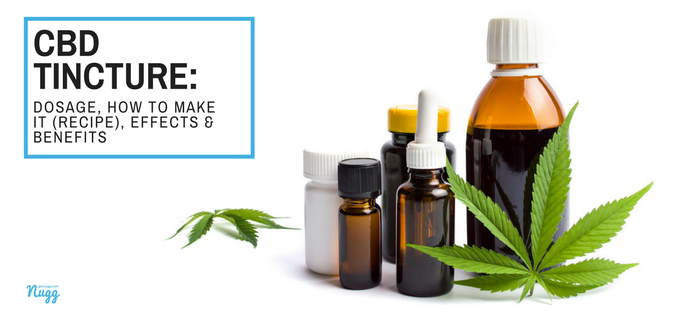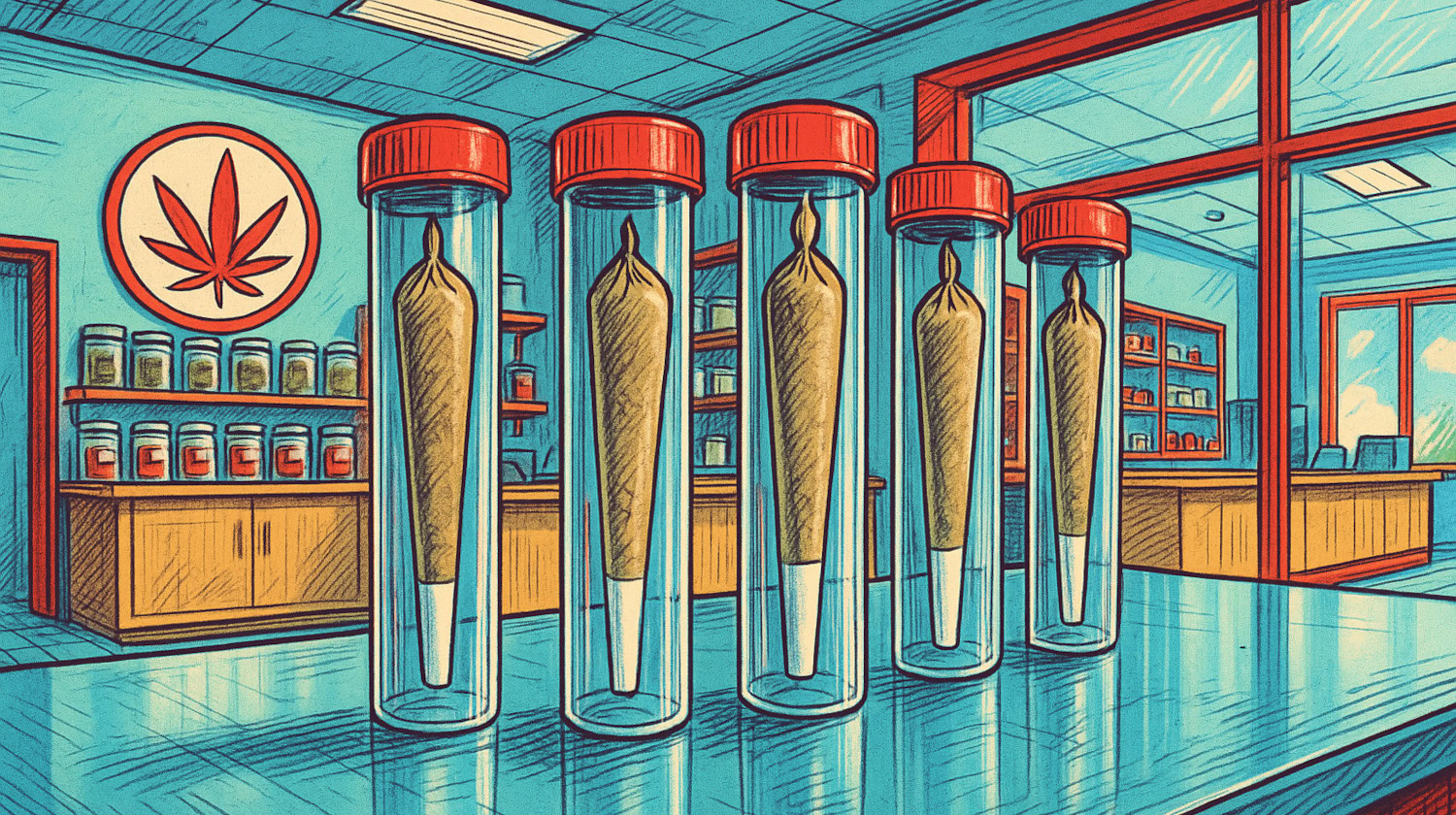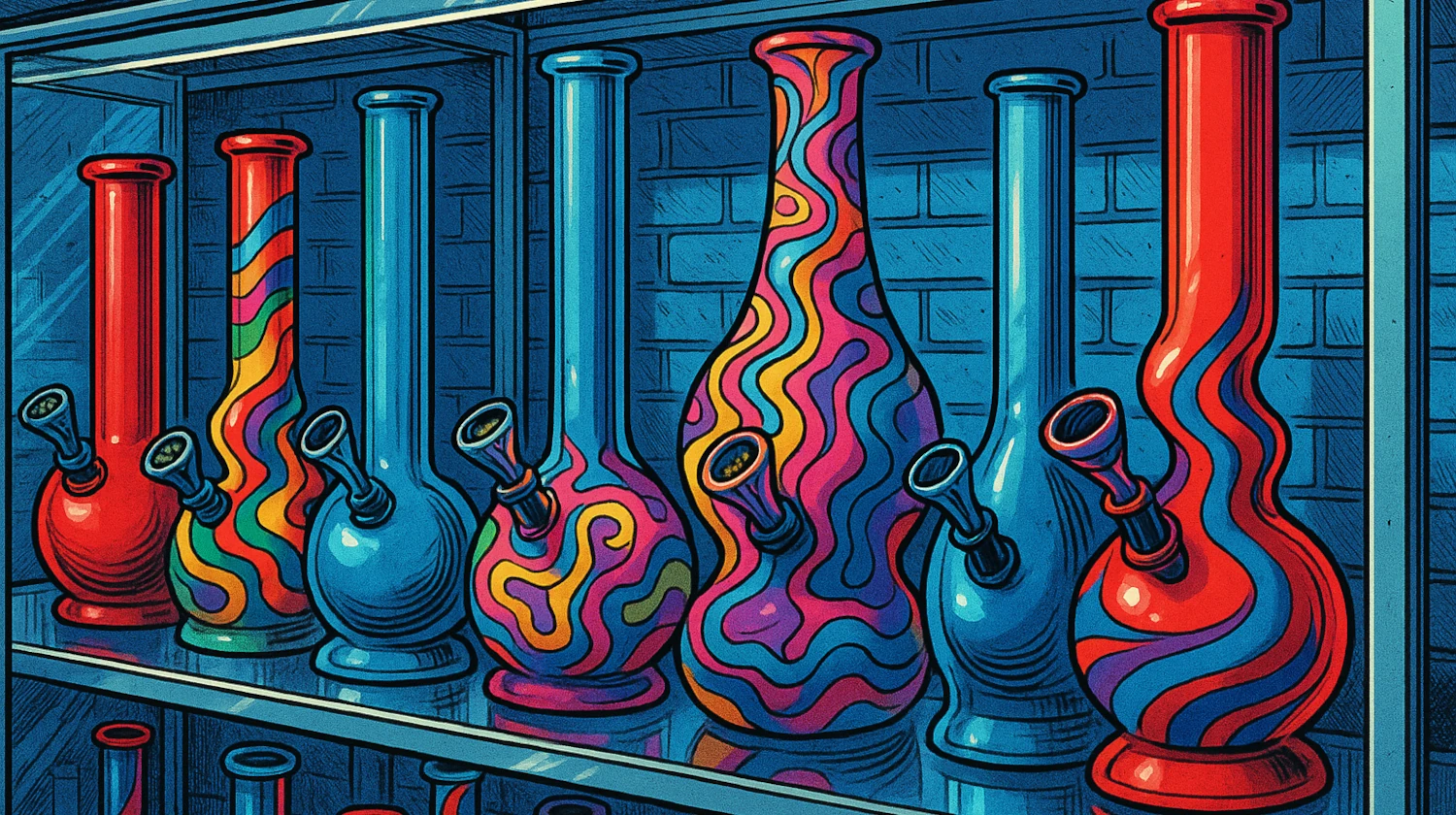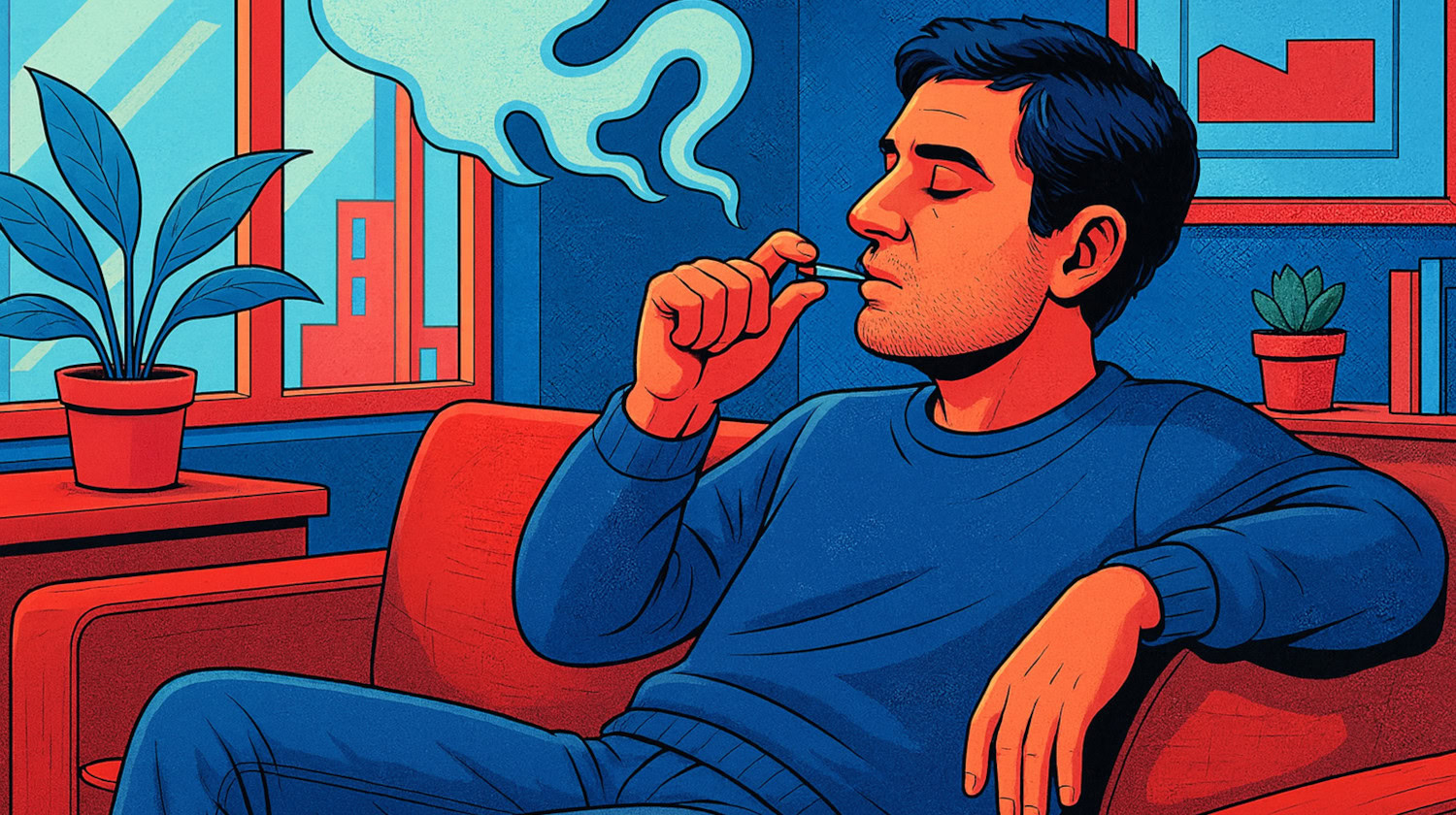In This Article
- What Is a CBD Tincture?
- The History Behind Liquid CBD as Medicine
- What Are CBD Tinctures Used For?
- What Is a CBD Tincture Made From?
- How to Administer a Tincture
- Additional methods
- CBD vs. THC Tinctures
- RELATED: How to Pass a Drug Test After Using THC
- Cannabis vs. Hemp Tinctures
- How Are CBD Tinctures Made?
- What Are Some Popular CBD Tinctures You Can Buy?
- Where Can You Buy CBD Products?
Unless you’ve been living under a rock for the past few years, you probably know that products like CBD tinctures, which contain very little or no detectable levels of THC, have grown immensely in popularity. And for a good reason. These liquid CBD drops have been proven to stop seizures in their tracks and have garnered widespread media attention for that reason.
Indeed, CBD oil tinctures produce zero intoxicating effects (THC, not CBD, causes that) and thus present an incredible new alternative to addictive prescription medications with countless side effects. Plus, it doesn’t attract the vicious aggression of anti-cannabis zealots seeking to demonize cannabis.
CBD has offered hundreds of thousands of Americans powerful relief from a host of ailments without the drowsy or stoned feelings, making them more attractive to children, old folks, and anyone who wants its medical benefits without the associated high.
Tinctures allow you to take an effective cannabis dose accurately, quickly, and conveniently. This way might be relatively unfamiliar to typical cannabis users, but if you keep reading, you’ll discover everything you need to know about this incredible liquid in a bottle.
What Is a CBD Tincture?
A tincture is an herbal solution made from dissolving cannabis in alcohol. Most cannabis tincture products usually come in a one or two-ounce bottle along with a dropper for easy dosing. On average, most cannabidiol tinctures contain 1500mg or more of CBD, a much stronger concentration than you’ll find in any high-THC cannabis tincture (with a few exceptions).
So, you might wonder how long a tincture takes to kick in. A few drops may elevate your mood in 15-30 minutes without altering your mind.1
The History Behind Liquid CBD as Medicine
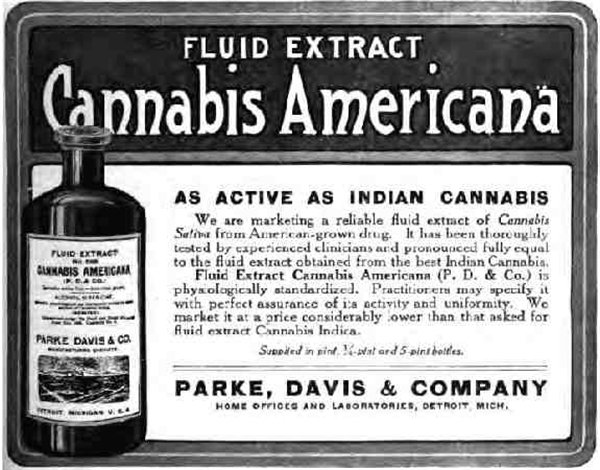
Cannabis tinctures have existed for over a hundred years. It was prominently featured in the United States Pharmacopoeia as a painkiller and sedative until 1942, five years after the Marijuana Tax Act was passed in 1937.
Henry Anslinger, the first director of the Federal Bureau of Narcotics, declared ‘marijuana’ a menace to society fueled by Reefer Madness propaganda that pushed the idea it was a ‘murder drug.’ The Marijuana Tax Act established regulations for the growing, sale, and distribution of cannabis. It wasn’t until 1970, when Nixon passed the Controlled Substances Act, that cannabis and hemp were made entirely illegal and a Schedule 1 substance.
But politicians aren’t entirely to blame. After all, Henry Anslinger was appointed by Andrew Mellon, the Secretary of the Treasury at the time, who was also the uncle of Anslinger’s wife and a Dupont investor, was simply following in the footsteps of William Randolph Hearst and the Dupont corporation, who in the 1930s feared hemp would pose a severe threat to their paper, timber, and oil companies and waged a racism-fueled war on anything that had to do with the plant, naturally, that included cannabis, which is derived from the same species of plant.2
It wasn’t until the 1940s and 60s that cannabis researchers began to discover the underpinnings of cannabinoids and the endocannabinoid system. In 1985, the first official marijuana extract prescription pill, Marinol, which contained a synthetic THC, was approved by the FDA for the use of nausea and vomiting for chemotherapy patients. Less than a decade later, they approved it for the treatment of anorexia in patients with HIV and AIDS experiencing weight loss. A short four years later, California became the first state to legalize the use of whole-plant medical cannabis. With this legalization came a flood of cannabis-infused products, including medicinal tinctures, edibles, topicals, RSO, and, of course, flower.
However, it wasn’t until 2018, with the passing of the farm bill, that hemp, cannabis with less than 0.3% THC, was made legal, creating a market for CBD products like tinctures made from hemp flower. Shortly before, the FDA did approve Epidiolex, a hemp-derived high CBD oil, for certain epileptic conditions, Dravet syndrome and Lennox-Gastaut syndrome.
What Are CBD Tinctures Used For?
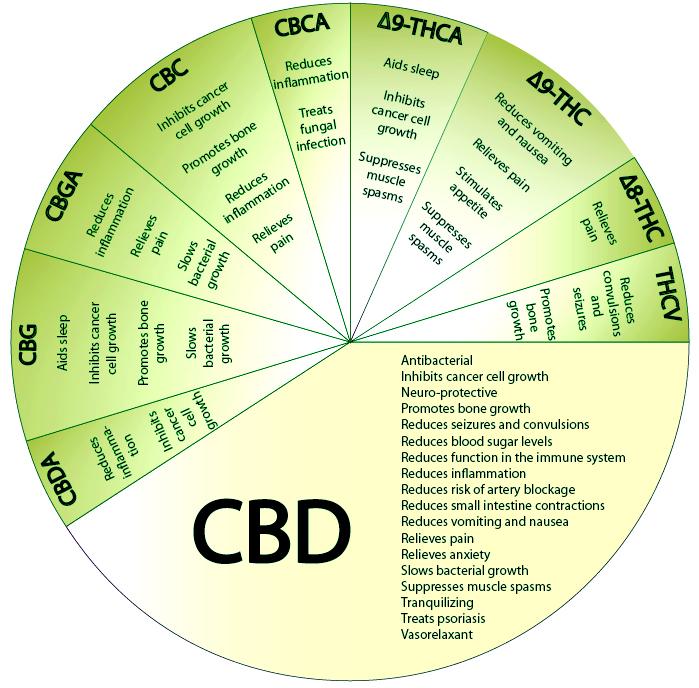
Tinctures have many medical applications, and more continue to be discovered. Doctors have found CBD can fight cancer by inhibiting cell and tumor growth, cut inflammation by as much as 50%, and reduce organ damage from a heart attack by a whopping 66%.3 CBD can be used to treat several other diseases and conditions like:
- Acne,4
- Anxiety,
- Cardiovascular diseases,
- Cancer treatment,
- Diabetes,
- Pain management,
- Psychotic disorders,
- Sleep.
What Is a CBD Tincture Made From?
Over the past two decades, medical cannabis breeders have concentrated on growing the sticky THC-rich strains most patients crave while letting CBD-specific products fall by the wayside. As a result, many of today’s strains contain less than 1% CBD.
Luckily, there are a few CBD-rich strains that contain more significant amounts of CBD and that have been used to make tinctures available at most medical and adult-use dispensaries. These strains include:
- Cannatonic: One of the most popular CBD-rich strains, it averages 9% CBD and 4% THC.
- Harlequin: With an average of 9% CBD and 5% THC, it is reported to give users mild alertness but no real buzz.
- Pennywise: With equal amounts of CBD and THC, Pennywise is a perfect introduction for new medical cannabis patients.
- Sour Space Candy: Offers the best of both worlds, with users reporting cerebral effects and stress-relieving properties.
- Sour Tsunami: created by activist, grower, and CBD pioneer Lawrence Ringo, this high CBD strain redefined the parameters of medical cannabis.
- AC/DC: AD/DC boasts a whopping average of 13% CBD for maximum potential pain and stress relief with just a hint of THC.
- Charlotte’s Web: a high CBD strain famous for helping Charlotte Figi and many others fight epileptic seizures. Charlotte had a long-lasting impact on the medical cannabis industry and the rise of CBD. Unfortunately, Charlotte lost her battle in April of 2020, but she is honored every year on April 7th in Colorado for Charlotte Figi Day.
How to Administer a Tincture
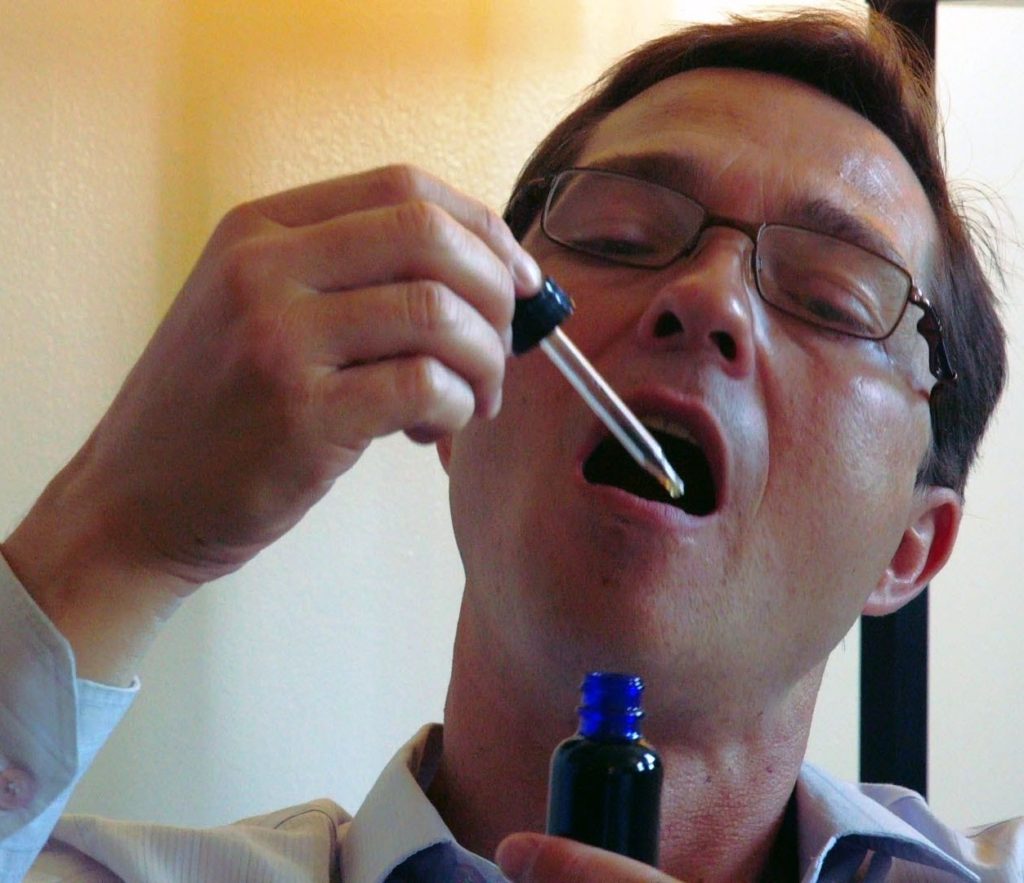
Next to smoking (which is the most common consumption method), sublingual cannabis tincture is hands down the fastest way to get the medicine into your system. Absorbed through the veins under the tongue, it enters the bloodstream by bypassing the liver, making for a quicker onset. It is important to note that some of the dose is swallowed and may be further absorbed through the liver.5
Taking it properly actually takes a few steps, so here’s how to get the most out of your CBD tincture:
- Squeeze the recommended amount of CBD tincture under your tongue with a dropper according to your desired dosage. If you are new to using CBD, speak with your doctor or check the dosing on the product packaging and follow the recommended guidelines.
- Slosh it around under your tongue a few times and take deep breaths through your nose.
- Swallow after about 30 seconds. Despite containing very little THC, some people report that CBD tinctures can make you very relaxed and sleepy, so don’t plan on driving or doing anything important until you understand its full effects.
Additional methods
In addition to your favorite food, you can use CBD drops in any condiment, cocktail, drink, or candy you can dream up. Mix with your salad dressing for extra zest, dissolve a dash in a Hot Toddy to get through a cold winter’s night, or drizzle a few drops of ice cream to make your day at the beach more enjoyable. The combinations are practically endless.
CBD vs. THC Tinctures
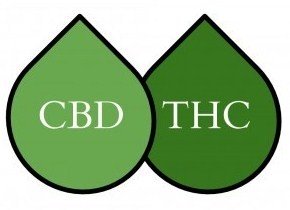
The fundamental difference is that THC creates an intoxicating high as opposed to CBD, which has the complete opposite effect. THC can create feelings of euphoria, but high doses can also lead to anxiety and paranoia. On the other hand, research demonstrates CBD promotes stress relief and an anti-anxiety effect.6
Granted, much of what we know about CBD, other than its powerful effects against epilepsy, has yet to be confirmed by extensive clinical research. Until THC is discovered, claims on many of its effects are also not yet confirmed by clinical studies.
SEE ALSO: THC vs. CBD: Benefits, Drawbacks, & More
RELATED: How to Pass a Drug Test After Using THC
Cannabis vs. Hemp Tinctures
People have long argued that tinctures extracted from cannabis plants and high in THC are far superior to those with high CBD—but that was before CBD’s significance was recognized by the medical community. With all we now know about its properties, extraction methods, and cannabinoid ratios, high CBD tinctures are holding their own.
Fundamentally, ‘marijuana’ and hemp are both cannabis plants containing the same cannabinoids, just in different ratios and quantities. Hemp is only a legal term for cannabis plants with less than 0.3% THC. On the other hand, ‘marijuana’ can have upwards of 30% THC, but it can also have 13% CBD and 1% THC. Cannabis tinctures are derived from high-THC cannabis, while CBD is derived from high-CBD cannabis or legal hemp with less than 0.3% THC.
Buyers should beware of online retailers claiming to sell & ship quality CBD products. There is no regulation on CBD products sold outside of medical and adult-use cannabis dispensaries. Research has found that CBD products are commonly mislabeled with either improper CBD levels or higher levels of THC than reported.7
How Are CBD Tinctures Made?
There are several ways to make your own CBD tincture, but almost all of them involve high-proof food-grade alcohol, which can be harsh on the mouth and throat. Instead, we’d like to present our own high-quality, alcohol-free tincture recipe. However, if you want to, you can switch out the MCT oil and use an alcohol like Everclear to make your tincture.
Wait, isn’t alcohol on the very basis of tincture? It’s always been the standard solvent because it’s an excellent cannabinoid extractor. However, pure alcohol like Everclear is expensive, highly flammable, and not everyone’s cup of tea.
It’s 2024, and there’s another solvent you can use instead—MCT oil. This common food ingredient is 100% safe to consume (unless you’re vaporizing it, which is a whole other topic of debate). You can buy it at any grocery store and will need no more than an 8-ounce bottle.
We’ll use cold maceration (extraction) since it preserves the terpenes and the integrity of the flower. The mild flavor of MCT oils makes it the perfect additive for baked goods and other sweets; it even tastes like a kiddie treat when ingested!
Admittedly, an MCT oil tincture is slightly less concentrated than the traditional alcohol-based one, but taking a somewhat larger dose will get you to the same place.
Follow these simple steps to make your own tincture:
- Grind at least 1 oz of your high-CBD flower shake and nugs (kief optional) as finely as possible using a blender or coffee grinder, depending on the amount.
- Just like high-THC flowers, you will need to decarb your CBD flower. This is done at a slightly lower temperature, around 240℉, for 60 minutes.
- Put your decarbed cannabis and the MCT oil into a glass jar, preferably a mason, and seal tightly.
- Position the jar in a cool, dark place and let it marinate for 4 hours.
- After the given time has passed, strain the tincture through a sieve or cheesecloth into a bowl to remove the cannabis plant material. Don’t use a paper coffee filter.
- Finally, pour the tincture into a dropper bottle, keep it refrigerated, and you’re good to go!
While it does take some time to make, it’ll be worth the wait as this MCT oil CBD tincture is rich in terpenes, taste, and healing power.
But what if you don’t want to wait a month to try a high-quality CBD tincture?
What Are Some Popular CBD Tinctures You Can Buy?
Papa & Barkley Hemo Releaf Drops
Papa & Barkley offers two different federally compliant MCT-oil-based CBD tinctures, one with 450mg and one with 900mg, each serving containing 30mg of CBD. This tincture is crafted with other medicinal ingredients like ginger and lemongrass.
Sun God Medicinals
Sun God Medicinals offers a wide variety of CBD tinctures made with different herbs that have been found beneficial for things such as anxiety, muscle relief, and pain. They also offer a classic alcohol-based tincture with 1000mg of CBD or a flavored MCT-oil-based tincture with 2000mg of CBD.
Charlotte’s Web
Under Charlotte Figi’s namesake, the Charlotte’s Web company continues to produce high-quality, full-spectrum CBD tinctures made from Charlotte’s Web flower.
Joy Organics
Joy Organics offers a wide range of tinctures, ranging from 450mg to 2250mg of CBD per bottle, in broad-spectrum or full-spectrum form.
Where Can You Buy CBD Products?
Where are these CBD tinctures for sale? The tinctures listed above can be found online, and each is tested for cannabinoid content, pesticides, heavy metals, and other contaminants. Other CBD tinctures may also be available at your nearest medical or adult-use dispensary.
We can provide safe and secure access to a medical marijuana card (100% online) and delivery services offering CBD tinctures, popular cannabis strains, potent edibles, and other high-quality CBD products from a network of top dispensaries and growers throughout California.
- MacCallum CA, Russo EB. Practical considerations in medical cannabis administration and dosing. European Journal of Internal Medicine. 2018;49(49):12-19. doi:https://doi.org/10.1016/j.ejim.2018.01.004 ↩︎
- Solomon R. Racism and Its Effect on Cannabis Research. Cannabis Cannabinoid Res. 2020;5(1):2-5. Published 2020 Feb 27. doi:10.1089/can.2019.0063 ↩︎
- Peng J, Fan M, An C, Ni F, Huang W, Luo J. A narrative review of molecular mechanism and therapeutic effect of cannabidiol (CBD). Basic & Clinical Pharmacology & Toxicology. 2022;130(4):439-456. doi:https://doi.org/10.1111/bcpt.13710
↩︎ - Peyravian N, Deo S, Daunert S, Jimenez JJ. The Anti-Inflammatory Effects of Cannabidiol (CBD) on Acne. J Inflamm Res. 2022;15:2795-2801. Published 2022 May 3. doi:10.2147/JIR.S355489 ↩︎
- Lucas CJ, Galettis P, Schneider J. The pharmacokinetics and the pharmacodynamics of cannabinoids. Br J Clin Pharmacol. 2018 Nov;84(11):2477-2482. doi: 10.1111/bcp.13710. ↩︎
- Henson JD, Vitetta L, Quezada M, Hall S. Enhancing Endocannabinoid Control of Stress with Cannabidiol. J Clin Med. 2021;10(24):5852. Published 2021 Dec 14. doi:10.3390/jcm10245852 ↩︎
- Bonn-Miller MO, Loflin MJE, Thomas BF, Marcu JP, Hyke T, Vandrey R. Labeling Accuracy of Cannabidiol Extracts Sold Online. JAMA. 2017;318(17):1708-1709. doi:10.1001/jama.2017.11909 ↩︎

